Downtown Ferndale
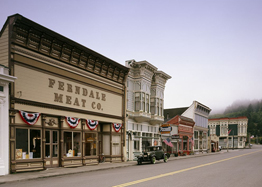
Ferndale was settled in 1852 and played a significant role in the development of agriculture and the dairy industry in northern California. The Main Street Historic District in Ferndale features buildings from the late 19th and early 20th centuries, with styles including Eastlake-Stick, Italianate, Queen Anne, Neo-Classic, Bungalow, and Mission Revival.
(Photo from the Carol M. Highsmith Archive, Library of Congress, Prints and Photographs Division.)
For more information, see Ferndale Main Street.
El Capitan Theater
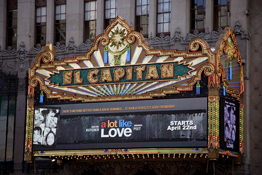
The El Capitan Theater, built in 1926 as a venue for live plays, boasted a Spanish Colonial exterior and an ornate interior of East Indian design. Following the world premiere of Citizen Kane at the El Capitan in 1941, the theater reopened with a new art moderne exterior and an interior more conducive to film screening. Today, the theater is it is owned by The Walt Disney Company, and is still used it for movie premiers and live shows.
(Photo from the Carol M. Highsmith Archive, Library of Congress, Prints and Photographs Division.)
For more information, see the El Capitan Theater.
African-American Museum and Library at Oakland (Carnegie Library)
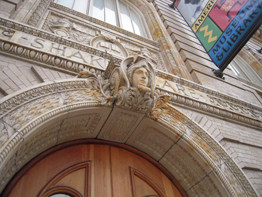
Opened in 1902, this Carnegie library building served as a public library until 1971. Designed by architects Bliss and Faville in the Italian Renaissance style, the building features murals designed by Marion Pope Holden and Arthur Mathews. Since 2002 it has served as the home of the African American Museum and Library at Oakland.
For more information, visit the Carnegie Libraries of California.
Will Rogers State Historic Park
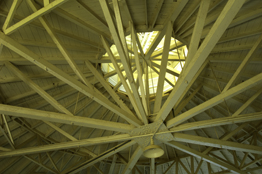
Located in Palisades California and erected circa 1926, the Will Rogers’ Ranch House is an excellent example of a traditional western ranch home with its sprawling with its sprawling plan, open balcony and patio and its simple, rustic, interior and exteriors finishes. Will Rogers died in 1935 in a plane crash on his way to Alaska. Upon his death, Will Rogers reigned as Hollywood’s biggest star and his funeral attracted mourners in large numbers.
For more information, see Will Rogers State Historic Park.
Monterey's Cannery Row
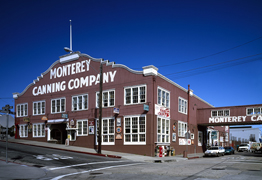
Originally known as Ocean View Avenue, Cannery Row in Monterey is the site of a number of sardine canning factories that eventually went out of business as the coast off Monterey was over fished. It is probably most well known as the setting of John Steinbeck’s novels Cannery Row and Sweet Thursday. The Monterey Canning Company building burned down but was reconstructed in the 1970s and, like the rest of Cannery Row, now serves as a major tourist and commercial attraction.
(Photo from the Carol M. Highsmith Archive, Library of Congress, Prints and Photographs Division.)
For more information, see Cannery Row.
